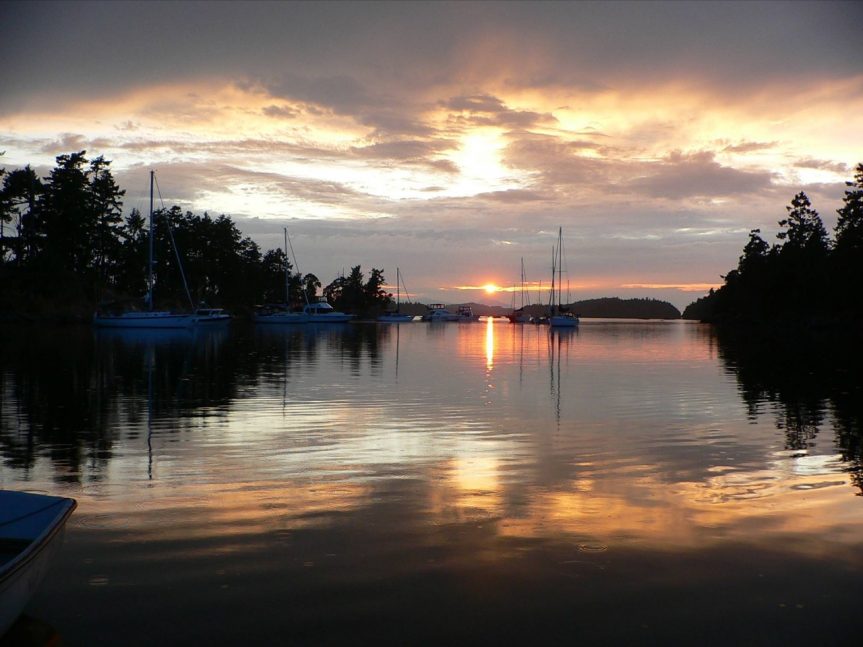
Southern resident orcas are only one of the many wonderful features of our coast
– R. Dewey

A lifetime growing up and sailing the waters led to a logical outcome – Richard became an oceanographer!

This is the Oceans Network Canada deep-ocean cable system of observatories
– Ocean Networks Canada

A series of cabled ocean observatories are connected to a central power hub, and thence to onshore recording stations around the world.
– Ocean Networks Canada

Real-time monitoring and multiple sensors produce BIG data – lots of it – this graphic shows annual fluctuations in a variety of chemical parameters .
– Ocean Networks Canada

The highly successful Venus and Neptune systems have been emulated elsewhere…here’s a newly-operational one off the Oregon coast.
– Ocean Networks Canada

Tides are the result of a spinning Earth, winds and the shape of ocean coastlines .
– NASA (Space Geodesy Branch)

It was nice to have “neap” and “spring” tides explained so simply – with the sun and moon working in concert, or at odds, with each other.
– Pearson Prentice Hall

Humpback – R. Dewey

Richard was nice enough to generate some local tidal current maps – to illustrate differences between “ebb”…

…and “rising” tide conditions. The key point here is how strong currents form near shoals and narrows.
– R. Dewey

All of these things are of great importance to fishermen, sailors and kayakers…keep your vessel tied above tide-line!.
– R. Dewey

Best line of the evening?
“I didn’t tell them I was an oceanographer” – R. Dewey

Finally…why we sail here – R. Dewey
Richard Dewey – “Tides, currents, and sailing the coastal waters of BC”
by Andrew Bryant, 18 March 2017.
Dr. Richard Dewey is Associate Director and head of research at Ocean Networks Canada, based at the University of Victoria. He’s conducted oceanographic research throughout the Pacific from Japan to California, and along the B.C., Alaskan, and Arctic coasts.
Long-time sailer and resident of the Pacific Northwest, he’s particularly interested in coastal flows, mixing, turbulence, waves, and tides. Tying these themes together was the subject of his talk.
Richard spoke about the Venus and Neptune projects, which are pioneering efforts to monitor chemical, physical and biological traits of the ocean floor. Plugging in another extension cord turns out to be a bit more complicated – when you’re working (remotely) in pitch dark, and at environmental pressures equivalent to ~600 Earth atmospheres.
Richard rounded out his talk with useful tips about tide-tables, apps for your smart-phone, proper whale-watching etiquette, and a multitude of things you should remember before heading out onto the deep blue – the most important of which is – you really should!
















